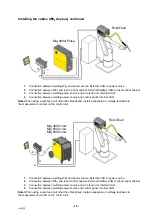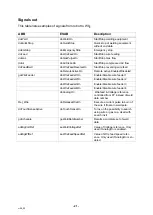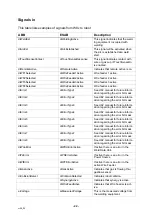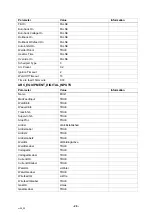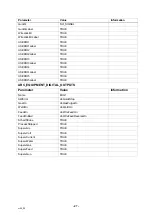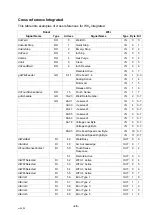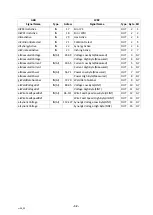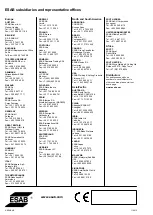
S0740 800 220/E20130308/P34
© ESAB AB 2013
- 33 -
cr09f2
SERVICE INSTRUCTIONS
What is ESD?
A sudden transfer or discharge of static electricity from one object to another. ESD
stands for Electrostatic Discharge.
How does ESD damage occur?
ESD can cause damage to sensitive electrical components, but is not dangerous to
people. ESD damage occurs when an ungrounded person or object with a static
charge comes into contact with a component or assembly that is grounded. A rapid
discharge can occur, causing damage. This damage can take the form of immediate
failure, but it is more likely that system performance will be affected and the
component will fail prematurely.
How do we prevent ESD damage?
ESD damage can be prevented by awareness. If static electricity is prevented from
building up on you or on anything at your work station, then there cannot be any
static discharges. Nonconductive materials (e.g. fabrics), or insulators (e.g. plastics)
generate and hold static charge, so you should not bring unnecessary nonconductive
items into the work area.
It is obviously difficult to avoid all such items, so various means are used to drain off
any static discharge from persons to prevent the risk of ESD damage. This is done
by simple devices: wrist straps, connected to ground, and conductive shoes.
Work surfaces, carts and containers must be conductive and grounded. Use only
antistatic packaging materials. Overall, handling of ESD-sensitive devices should be
minimized to prevent damage.
CAUTION
STATIC ELECTRICITY can damage circuit
boards and electronic components.
S
Observe precautions for handling electrostatic-
sensitive devices.
S
Use proper static-proof bags and boxes.
ESD
SPARE PARTS
The spare parts list is published in a separate document that can be downloaded
from the Internet: www.esab.com
Product
Filename
Aristo W8
2
0459 839 038
Ordering spare parts
Spare parts may be ordered through your nearest ESAB dealer, see the last page of
this publication.

